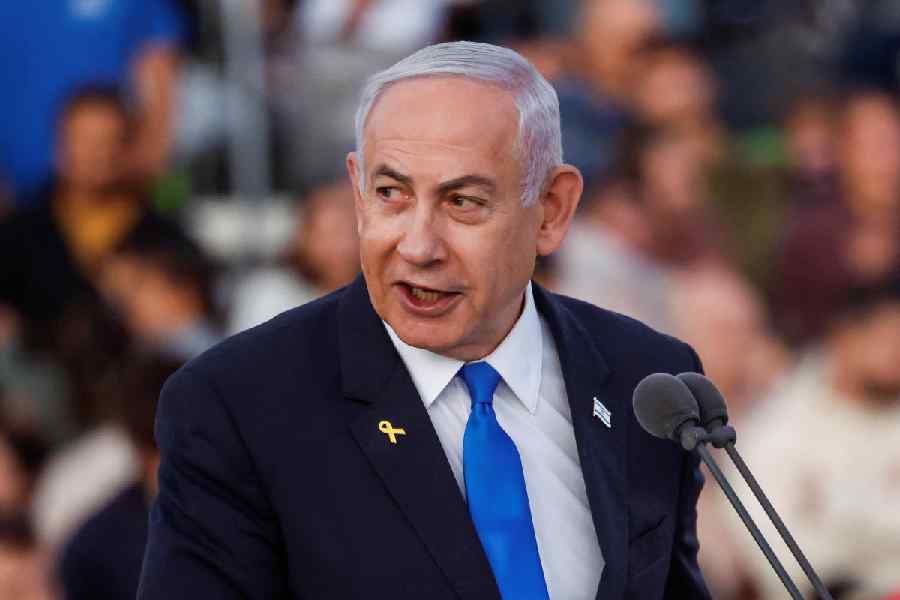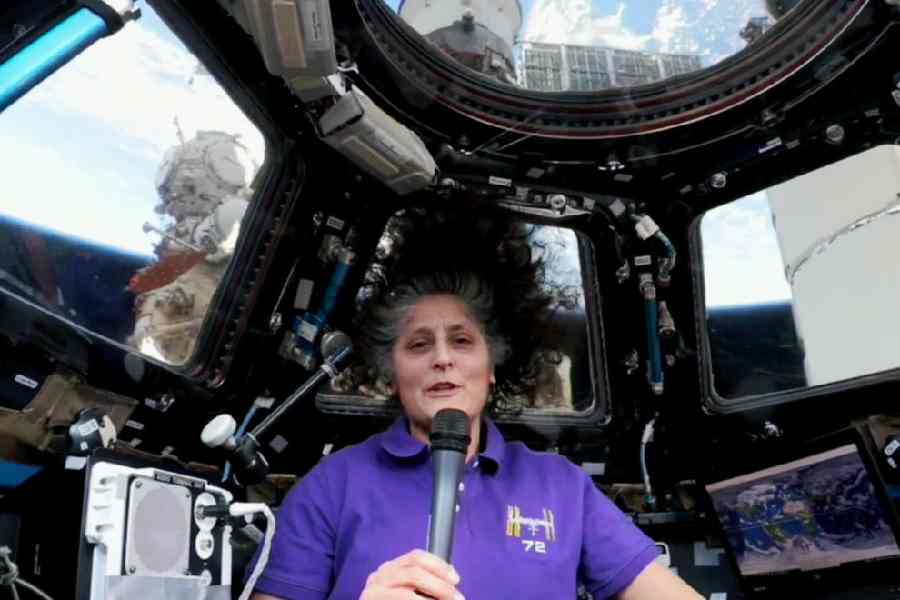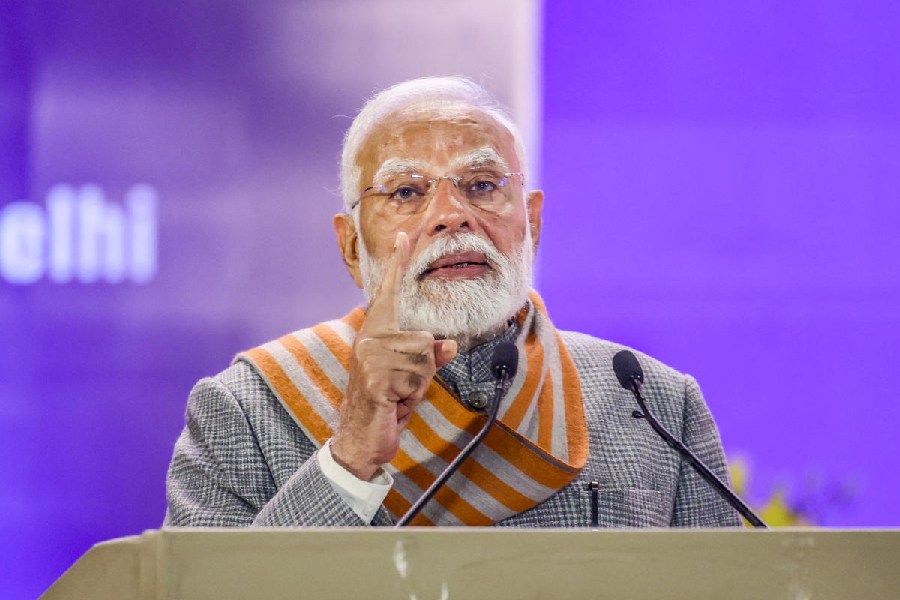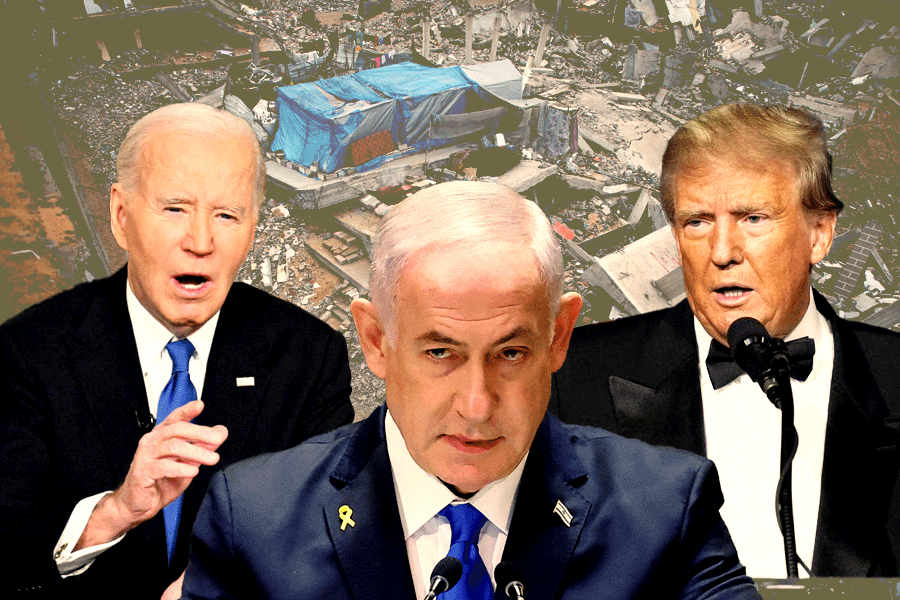Metro Railway is upgrading its third rail on its oldest corridor, the Blue Line between New Garia and Dakshineswar, to save energy and equip itself to run trains at shorter intervals.
The third rail provides power to the trains. The existing third rail, made of steel, is being replaced with one made of aluminium, in phases. The work has started at Maidan and Girish Park stations.
“Aluminium is a much better electricity conductor than steel. Thanks to its superior electrical conductivity, aluminium third rail will reduce the system voltage drops and subsequent energy losses. Less voltage drops will help in achieving faster acceleration of trains,” said a Metro official.
“The aluminium third rail will ensure 84 per cent reduction in energy loss. It translates to a savings of Rs 1 crore per kilometre every year. Additionally, aluminium third rail shall reduce carbon emission by 50,000 tons in its lifetime,” the Metro spokesperson said.
The preparatory work has started at Girish Park and Maidan stations. It is being done at night, after the end of the day’s commercial services.
The main component, shipped from Hamburg in Germany, arrived in Calcutta in the last week of July. It is expected to reach the sites of installation in the next couple of days.
“The material that has reached Calcutta should see around 5km of work. The work will be done in phases. We want to cover the entire Blue Line, which is 35km long, in two years,” said the spokesperson.
Now, the interval between two trains during rush hours is around five minutes. When the entire 35km stretch of the Blue Line has aluminium third rail, the carrier will be one step closer to achieving a rush-hour frequency of two-and-a-half minutes.
Apart from the aluminium third rail, Metro Railway will also need more electrical substations to reach the desired rush-hour frequency. The substations feed power to the third rail.
“Seven more substations will be needed in addition to the existing 17. Work on two new substations is underway at Chandni Chowk and Gitanjali stations. Five more are in the pipeline,” said an engineer.
The third rail system is being overhauled for the first time since Metro operations began.
The Metros in Singapore, London, Moscow, Berlin, Munich and Istanbul have aluminium third rails, the Metro spokesperson said.
The new Metro corridors in and around Calcutta have aluminium third rails.











